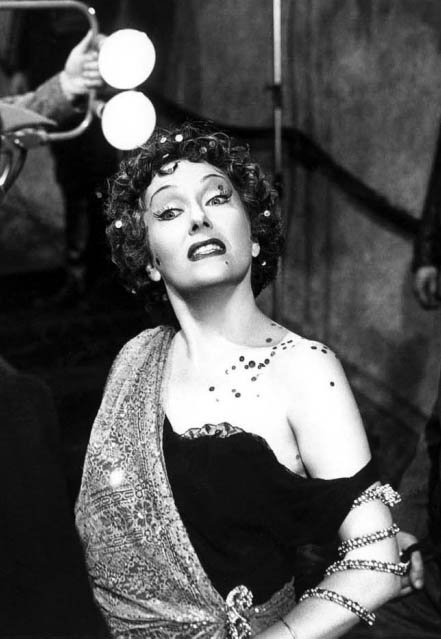Even a social scientist who constantly warns others about the difference between correlation and causation can jump the shark when the evidence seems overwhelming. For me, that line blurred when comparing the inverse relationship between Donald Trump’s approval ratings to the length of his daily 5:00 p.m. “press beefings.” In what can only be labeled the ultimate April Fool’s joke, Trump’s margin of disapproval on April 1 dropped to a low of 3.9 percent (49.7 disapproval versus 45.8 disapproval), attributed in large part to his “somber tone” on March 28. (Source: FiveThirtyEight)
Forget the 70 days of denial, misinformation and inaction. Trump, for whatever reason, recognized he needed to step up to the plate (or in his case, the microphone). And step up he did. What began as a one-hour press conference expanded to 90 minutes, then two hours, until Monday when the event clocked in at a record two hours and 24 minutes. The next day FiveThirtyEight reported his net disapproval rating was back to 7.1 percent. (UPDATE: Still climbing, 7.3 percent as of this morning) There were other contributing factors. During the same time frame, the COVID-19 death toll among Americans surpassed that of any other nation. And the New York Times and Washington Post documented the extent to which Trump’s “no one saw this coming” was a “Grim Fairy Tale.”
But as more pundits than you can shake a swab at keep asking, “Why does Trump keep disgracing himself personally and politically with these inane reality shows?” If you can get past the fact the messages are confusing at best and dangerous to the public safety at worst (which we should not), you realize you are watching the unraveling of a pathetic human being. If you possessed just one ounce more empathy than Trump has shown the doctors, nurses, first responders, essential workers and victims of this pandemic, you might even feel sorry for him.
 The pundits suggest this is unprecedented. They are wrong. We see it time and time again. Athletes who try to stay in the game long after their skills have diminished. The musician whose voice is shot or whose instrumental dexterity is long gone. The corporate executive, who comes out of retirement, does not realize the nature of commerce has changed dramatically since his last gig. Though perhaps the best metaphor is Billy Wilder’s 1950 Sunset Boulevard, the story of Norma Desmond, an aging silent movie star, who is convinced she has many more superb performances to share with her fans.
The pundits suggest this is unprecedented. They are wrong. We see it time and time again. Athletes who try to stay in the game long after their skills have diminished. The musician whose voice is shot or whose instrumental dexterity is long gone. The corporate executive, who comes out of retirement, does not realize the nature of commerce has changed dramatically since his last gig. Though perhaps the best metaphor is Billy Wilder’s 1950 Sunset Boulevard, the story of Norma Desmond, an aging silent movie star, who is convinced she has many more superb performances to share with her fans.
All these individuals, real and fictional, have two things in common. They crave the limelight and dread the possibility they are no longer relevant. And in that pursuit there is always one more comeback. Next season. The remix of a top-forty favorite. One more failing company in need of a white knight. Even when reality sets in, when the audience no longer shows up, they believe there is a second act just around the next corner.
Bill Maher, among others, has wondered whether someone will have to forcibly remove Trump from the Oval Office if he loses in November. I do not share their concern. It is far more likely he will, like Norma Desmond, make the January 20, 2021 finale of “Mr Trump Goes to Washington,” a prelude to his next fantasy (with apologies to Wilder and the other Sunset Boulevard screenwriters). As he stands on the south portico for the last time, Trump looks toward the television cameras and delivers his farewell missive.
And I promise you I’ll never desert you again because after the White House, I’ll turn OANN into the next Fox News and build Trump Tower Moscow. You see, this is my life! It always will be! Nothing else! Just me, and the cameras, and those wonderful people out there in the dark!… All right, Mr. Murdoch, I’m ready for my close-up.
[Fade to black.]
For what it’s worth.
Dr. ESP
This is in your top five!
Thank you. I wonder if being a regular patron of our Cinema and Conversation events at Story and Song Bookstore and Bistro has anything to do with that.
“You there! Why are you so late?!?!”